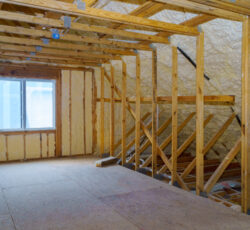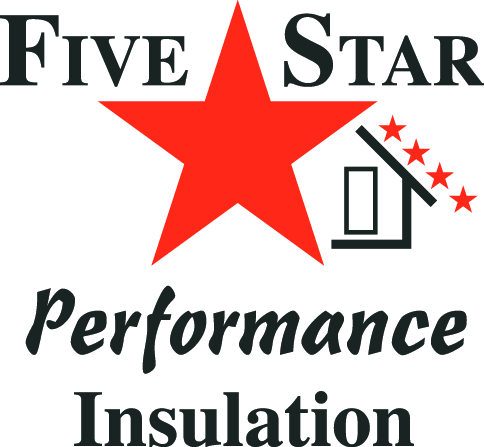 Does Attic Insulation Make the Home Cooler?
Does Attic Insulation Make the Home Cooler?
Attic insulation is one of the most important components of a well-insulated home. It is designed to help keep your home warm during the winter and cool during the summer. Insulating your attic can help reduce your home’s cooling costs, but does it really help make your home cooler? In this blog post, we will evaluate how insulation works, determine if attic insulation can make your home cooler, and explain the best types of insulation to use.
How Insulation Works
Before we dive into whether insulation can make your home cooler, it’s important to understand how insulation works. Insulation works by reducing the transfer of heat between the inside and outside of your home. In the winter, insulation slows down the transfer of heat from the inside of your home to the outside, keeping you warm. In the summer, insulation slows down the transfer of heat from the outside to the inside, keeping you cool.
Attic Insulation and Cooling
In the summer, the sun’s rays beat down on your roof and attic, heating up the space and transferring that heat into your home. If your home lacks proper insulation, this process can significantly increase your energy bills. However, if your home is properly insulated, the heat transfer from the attic to the inside of your home is slowed down, making it easier for your air conditioning unit to keep your home cool. Proper insulation can also reduce the amount of time your air conditioner runs, effectively reducing your cooling costs.
The Best Types of Insulation for Your Attic
The effectiveness of insulation is determined by its R-value. R-value is the insulation’s ability to resist heat flow, with higher R-values indicating better insulation quality. When selecting insulation for your attic, it’s important to choose the right type and amount of insulation to get the best results.
Fiberglass insulation, one of the most popular types of insulation, has an R-value that ranges from 2.2 to 3.8 per inch. Another type of insulation, cellulose insulation, has an R-value that ranges from 3.2 to 3.8 per inch. It’s important to note that the exact R-value needed will depend on your climate and the specifics of your home’s construction.
If your attic is currently uninsulated, it’s recommended to install insulation with a minimum R-value of R38 (or 12 to 15 inches of insulation). If you are adding additional insulation, it’s recommended to bring the insulation up to a minimum R-value of R49.
Other Factors That Affect Attic Insulation’s Cooling Effects
While attic insulation is critical in keeping your home cool during the summer, it may not be the only factor affecting your home’s temperature. Other factors that can impact the cooling effects of your attic insulation include:
1. Ventilation:
Proper ventilation allows your attic to breathe and helps remove hot air, reducing your home’s temperature. A well-ventilated attic can also help prevent moisture buildup and reduce the risk of problems like mold and rot.
2. Roof Color:
The color of your roof can affect the amount of heat absorbed into the attic. Darker roofs absorb more heat, increasing the temperature in the attic and inside your home.
3. Air Sealing:
Proper air sealing helps prevent hot air from seeping into your home through gaps and cracks. Sealing any air leaks can help your insulation work more efficiently and keep your home cooler.
Final Thoughts
Insulating your attic is an important step in reducing your cooling costs and making your home more comfortable during the summer months. Proper insulation, ventilation, and air sealing work together to reduce the transfer of heat from your attic to the inside of your home. When combined with other cooling strategies like proper HVAC maintenance, using ceiling fans, and shading your windows, attic insulation can make a significant difference in keeping your home cool and your energy bills low.
